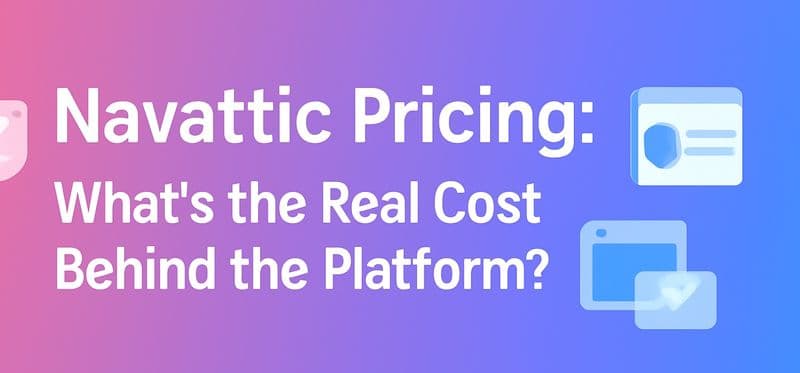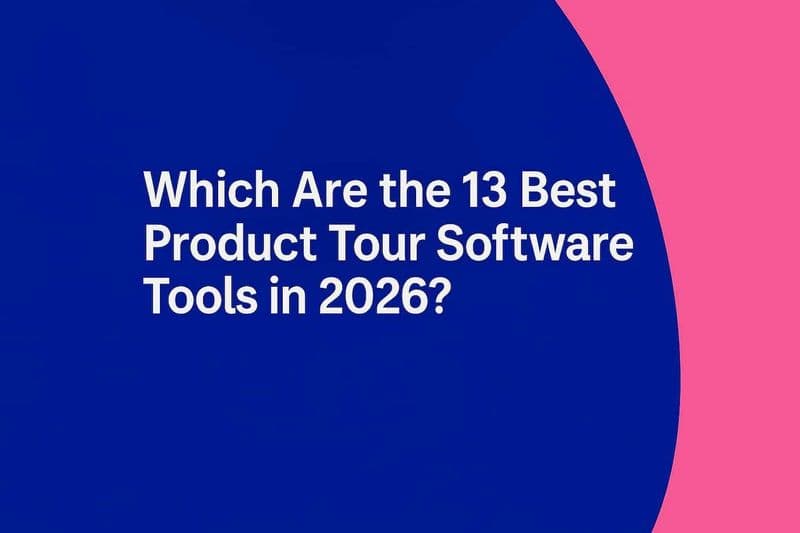Best practices that will change your discovery game forever.
I recently posted about the 8 common mistakes that rob you of your discovery mojo. Now if you're someone who's already skirting these, you need a little extra something to bring to your discovery game.
Over the years, I've had the good fortune to work with incredible salespeople who have also been incredibly generous with their methods. As a natural seller, demos come easier to me than discovery does, and so, I'm always on the lookout to make my discovery game stronger. The best practices I'm listing here are the ones that I use personally, and abide by.
Here we go!
Do Your Research.
I can't stress this enough. You have limited time with this person. In that limited time, you want to come across as someone who understands their business, understands their pain points, and has value to add. So do enough research that allows you to form a good starting hypothesis of what the prospects' pain points are.
I like to start with the information I get from my sales intelligence tools (industry, company, department, tenure), and then build on that with company-specific research: What does this company's tech stack look like? What are their average revenue and market share? What does their competitive landscape look like? How is their competition hurting them most? What do their customers complain about? What do their customers like?
I then research my lead: what do they post about on social media? What do they care about? Based on your research on the company, what are this person's pain points likely to be? What are the problems they're likely trying to solve? What can you think of sharing with them today that will be useful to them (even if it isn't about your product)?
What I have now is a good base to start my conversation from.
Do Scoping Calls Instead (Optional if you have gaps you couldn’t fill from your discovery)
Instead of jumping straight into discovery on the first call, I sometimes prefer doing scoping calls instead. In this 5-15 minute conversation, I ask my staging questions: about the company, about their role, about the metrics that are important to them, and then instead of jumping into discovery, set the expectation for what discovery would involve.
It goes something like this:
"Thanks for spending this time with me, [prospect name]. Based on what you've told me, I think you'd be a great fit for a discovery call. Normally, the call takes 30 minutes or less, depending on the questions we'll have for one another. I'll also cover some insights we have on [aspects of their competitive landscape] and walk you through some of the ways our clients are handling [pain points]. I can also give you an overview of the solutions they're using."
… and then on to the logistics of scheduling the call and involving more participants (if need be). See how you're promising value from the get-go here?
Set a Clear Agenda and Meeting Time
The general consensus is that discovery calls shouldn't be longer than 30-40 minutes. However, that isn't a rule, just a guideline. Don't be afraid to take more time, but just split it into follow-up meetings. Personally, I don't like spilling over on meeting times because the prospect is distracted by the clock. So, schedule another call.
When you send out your discovery meeting invite, include a clear agenda. Set out your purpose, and structure the call as you said you would in your scoping call. Ideally, you should be sending this invite immediately after your scoping call. If the earliest your prospect can meet you is next week, chances are they might be hazy or just won't remember what this meeting was about. A clear agenda helps.
Then, send reminder emails before the meeting.
Structure Your Questions
You want a clear progression in your conversation.
Start with zeroing in on the problem. Validate your assumptions, and build on what you know. This is an opportunity to go deeper and get a nuanced understanding of what the prospect is struggling with, so don't waste time asking what you already know. Instead, focus on making it easy for the prospect to give you a clearer picture (and a more holistic picture).
Next, diagnose their needs. This is where you delve into their goals and metrics. How would they measure success? What are the solutions they've tried or are currently evaluating? What is their budget?
Now that you understand both their problems and their needs, you can begin connecting your offering with their pain points. Remember, you aren't selling yet. You're just connecting the dots here, and offering them a glimpse into what they have to gain from your solution. This is where my next tip really breaks it wide open.
Switch to Disco Demos
Contrary to what many salespeople believe, disco demos work. The trick is in how you deploy them. I use them when I'm getting in the weeds of a pain point and the prospect isn't quite getting the hang of my questions. By pulling up the relevant screens, my prospect now has a visual and can understand the context behind my questions. They've also had a sneak peek of my solution, and I am careful to leave it at just that - a sneak peek. This isn't a full product demo, after all!
But once they've seen part of the solution, they're excited by it and usually want to see more. If during discovery, I've managed to show just one piece of functionality that works just right for the prospect, I know I've got them to the demo!
Many of our SmartCue customers have created demo libraries, which makes doing disco demos a breeze. A good demo library has standalone demos custom to industry, buyer personas, and use cases, allowing reps to dip into it and take what they need during discovery, without needing to prep in advance. They've got it, and boy, do they flaunt it!
Provide Value
Yes, even in discovery. You've done your research, and now you've validated your assumptions. You have plenty of ways to add value: share a piece of research, give them insight into what their competitors are doing, share stories of your own clients who have surmounted similar pain points, and so on. Don't limit yourself to just your product or offering here.
When you, personally, are seen as someone who is knowledgeable and invested in their growth, it makes it that much easier to get the next meeting and the next. Your prospects want to talk to you and read your emails because instead of simply selling to them (which involves talking to them), you've always got something valuable to say. You're worth listening to.
That's it. That's your foot in the door.
Book A Meeting From A Meeting (and send follow-up emails)
Ideally, BAMFAM is what you want to do. You've got them on the call with you, so just take a minute and get everyone to dip into their calendars and set up a time for the next meeting. Else, you're taking your chances with email ping-pong to find a suitable time that works for everyone. Tools like Calendly help, but only so much.
Oftentimes however, there are forces outside of your control - the prospect wants to involve a colleague, or consult internally before meeting you next, or is going on a holiday (sigh) and won't be back for 2 weeks. This is where your discipline of sending out detailed email summaries will hold you in good stead by allowing you to pick up the conversion where you left off.
Keep the Conversation Going
Don't let the time between meetings go to waste. Keep in touch, and continue to add value with every interaction. Send them interesting data points relating to their pain points or blog posts about topics you discussed.
Encourage dialogue. Send them demo snippets and self-serve demos that let them experience (in 5 minutes or less!) how your solution can address their needs. Ask for feedback. A timely, "How can we improve this to better suit your needs?" can yield valuable intel, and make the prospect feel top of mind for you. It also has the side benefit of keeping you top of their minds for them.
Conclusion
I believe discovery sets the stage for the entire customer interaction. Customers that feel heard and understood and validated from the get-go, know they're in good hands. Discovery is also where we grow our internal champions. Treat it as the opportunity it is. If you're still only checklisting your way through discovery, or treating it as a fact-finding mission, you're missing out on the larger picture.
Nurture your customers, before they become your customers.




